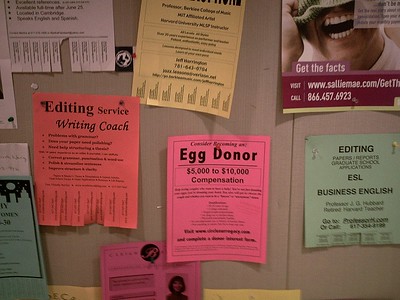As DNA Donors’ Secrets Emerge, What Should the Children Know?
By Amy Dockser Marcus,
The Wall Street Journal
| 05. 27. 2022
Tyler Sniff took a home DNA test at 32 years old and unexpectedly learned that the man who raised him was not his biological father. When Mr. Sniff shared the discovery with his siblings, they asked their parents for an explanation. Their parents revealed that they had used an anonymous sperm donor in order to conceive their six children.
The realization that his parents had kept his origins a secret from him stunned Mr. Sniff, now 34, an environmental lawyer who lives in Atlanta. He began researching the rules surrounding donor conception. There were federal regulations about blood tests donors must take and state laws addressing that the parents and not the donor are recognized as responsible for the child. But when it came to Mr. Sniff’s right to know his own genetic background, the government was mostly silent.
Mr. Sniff, who has since co-founded an advocacy group, recognizes that his parents’ decision to use an anonymous donor is responsible for his existence. “I am grateful for my life,” he says. But as an adult, he felt his right to...
Related Articles
By Katherine Long, Ben Foldy, and Lingling Wei, The Wall Street Journal | 12.13.2025
Inside a closed Los Angeles courtroom, something wasn’t right.
Clerks working for family court Judge Amy Pellman were reviewing routine surrogacy petitions when they spotted an unusual pattern: the same name, again and again.
A Chinese billionaire was seeking parental...
By Sarah A. Topol, The New York Times Magazine | 12.14.2025
The women in House 3 rarely had a chance to speak to the women in House 5, but when they did, the things they heard scared them. They didn’t actually know where House 5 was, only that it was huge...
By Sarah Kliff, The New York Times | 12.10.2025
Micah Nerio had known since his early 30s that he wanted to be a father, even if he did not have a partner. He spent a decade saving up to pursue surrogacy, an expensive process where he would create embryos...
By Carter Sherman, The Guardian | 12.08.2025
A huge defense policy bill, revealed by US lawmakers on Sunday, does not include a provision that would have provided broad healthcare coverage for in vitro fertilization (IVF) for active-duty members of the military, despite Donald Trump’s pledge...




